Controversial Fossils Suggest: Life Could Possibly Have Began On Earth 4 Billion Years Back
Controversial Fossils Suggests: Life Could Possibly Have Began On Earth 4 Billion Years Back
In 1992, experts uncovered proof of that which was then most likely the very first existence on this planet: 3.5 billion-year-old microscopic squiggles encased in Aussie stones. Ever since then, nonetheless, scientists have debated whether or not these imprints genuinely signify historic bacteria, as well as if they do, whether they are definitely that old. Now, an extensive assessment of such microfossils implies that these formations do without a doubt stand for historic microbes, kinds most likely so complicated that existence on planet Earth must have begun some 500 million years earlier.
Microbes That Able To Photosynthesis
The latest job signifies these early microbes have been remarkably sophisticated, able to photosynthesis as well as making use of other chemical substance to get their energy, claims Birger Rasmussen, a geobiologist at Curtin University in Perth, Australia, who was not associated with the task. The research “will most likely touch off a flurry of the latest investigation into these stones as other experts seek our information that either assist or disprove this new assertion,” adds Alison Olcott Marshall, a geobiologist in the University of Kansas Lawrence who was not active in the hard work.
The Help Of Secondary Ion Mass Spectrometry
From the new study, William Schopf, a paleobiologist at the University of California, Los Angeles – and the discoverer of the Australian microfossils – joined up with John Valley, a geoscientist from the University of Wisconsin in Madison Valley and is undoubtedly a specialist in an analytical approach referred to as Secondary Ion Mass Spectrometry(SIMS), that can figure out the proportion of several types of carbon within a sample – key to evaluating whether it is organic.
Schopf invested four months dealing with microscopes to discover a slender piece of the rock containing the fossils with specimens available enough to examine with SIMS; that sample comprised eleven microfossils in whose variety of sizes and shapes proposed they symbolized five various species of microbes. He also presented samples of rock made up of no putative fossils for comparison.
Their Analysis
The analysis found numerous unique carbon proportions within the substance, Schopf, Valley, and co-workers reported today in the Proceedings of the National Academy of Sciences. Two types of microfossils possessed exactly the same carbon ratio as contemporary bacteria that utilize light to create carbon compounds that fuel their activities – a primitive photosynthesis that does not include oxygen. Two other kinds of microfossils got a similar carbon as microbes called as archaea that rely on methane as their power source – which performed a crucial role in the growth of multicellular life. The ratio of the final kind of microfossil revealed that this organism generated methane as part of its metabolic process.
That there are much various carbon ratios which fortifies the case that these are genuine fossils, Schopf states. Any inorganic processes which could have formulated the squiggles would be anticipated to abandon a consistent carbon ratio signature, he says. The truth that microbes have been already so varied at this point in Earth’s historical past also shows that life in our world may possibly go as far back to four billion years ago, he affirms. Other researchers have discovered indications of life dating back at least that far, but these results are a lot more dubious than Schopf’s.
“The new outcomes add more weight to the concept that the microstructures are biological,” Rasmussen agrees. But he is anxious that these microfossils might have been poorly preserved. Olcott Marshall, who thinks the rock impressions are not fossils in any way, although the product of geological procedures, is a lot more critical: “The mistakes made by this analytical approach are extremely large” that the details are not crystal clear enough to state that there are different kinds of microbes in rock, she states.
But SIMS experts compliment the project. “It was a definitely cautious, well thought out experiment,” says Lara Gamble, a chemist at the University of Washington in Seattle who was not working in the study. “They placed in a lot of hard work in order to ensure everything was calibrated appropriately.
Our Own History Before Mars and Beyond
Rasmussen hopes there may follow-up work that analyzes a lot more microfossils. “It’s well worth acquiring this correct, considering that we are gazing at some of the most ancient possible remnants of life,” he states. “Honing our expertise at recognizing historic biosignatures on the planet is vital as we cast our view to Mars and beyond.”
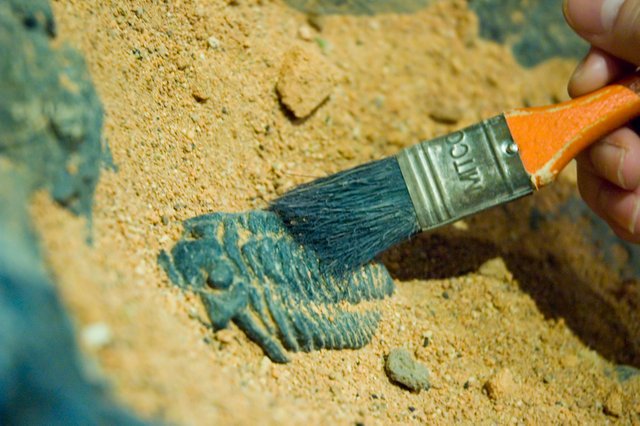
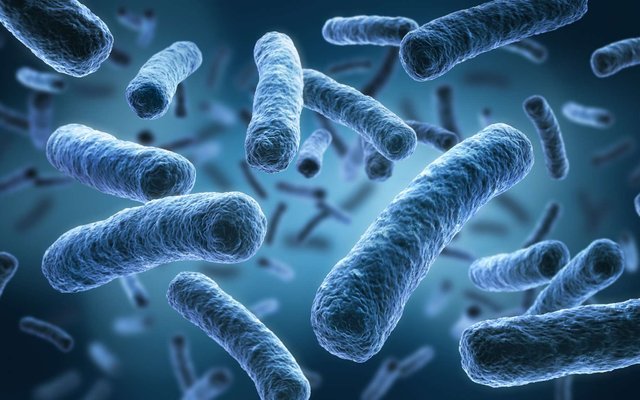
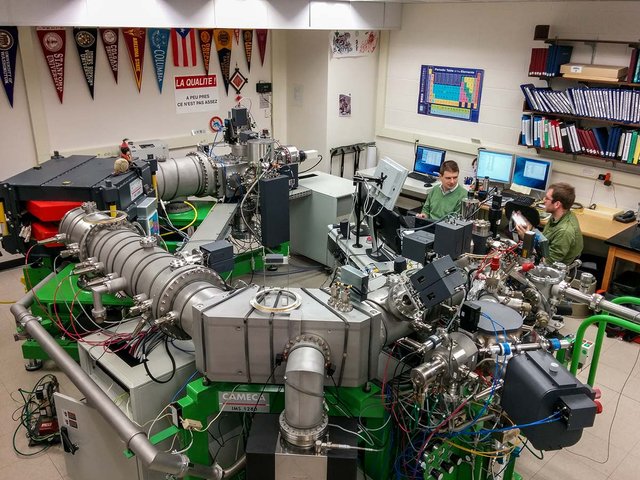
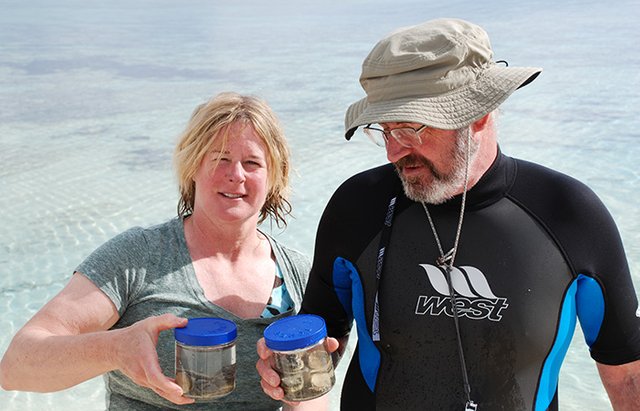
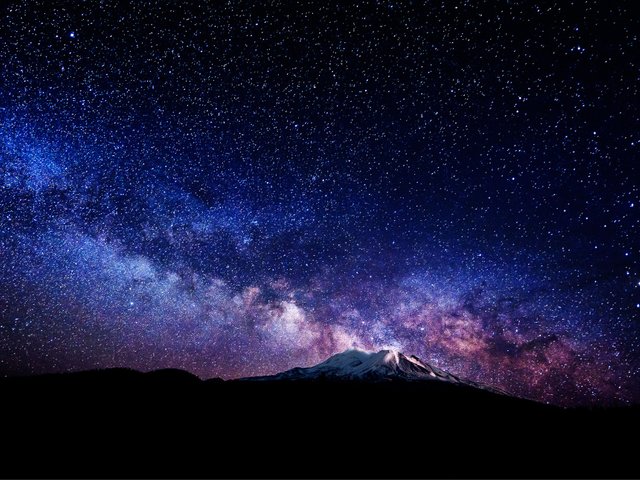
@OriginalWorks
The @OriginalWorks bot has determined this post by @ruelrevales to be original material and upvoted it!
To call @OriginalWorks, simply reply to any post with @originalworks or !originalworks in your message!
I agree, we need to focus on our own planet before we set foot on other planet and stars.
Right? ;)
I'm starting to become your avid fan.
Good to hear that! ;)
Hope this will inspire more research on the forth coming days.
Let's hope. ;)
Knowing our real beginning.
Is the key to one's growth. ;)
All of people really had a lot of questions because of how fantastic life is.
And people has infinite questions, sad reality. Haha.
I commend posting the image's sources. :)
Thank you! :)
Solving the mysteries of our history. :)
I know right? ;)
But it depends on your perspective towards religion and life.
It's a matter of belief.